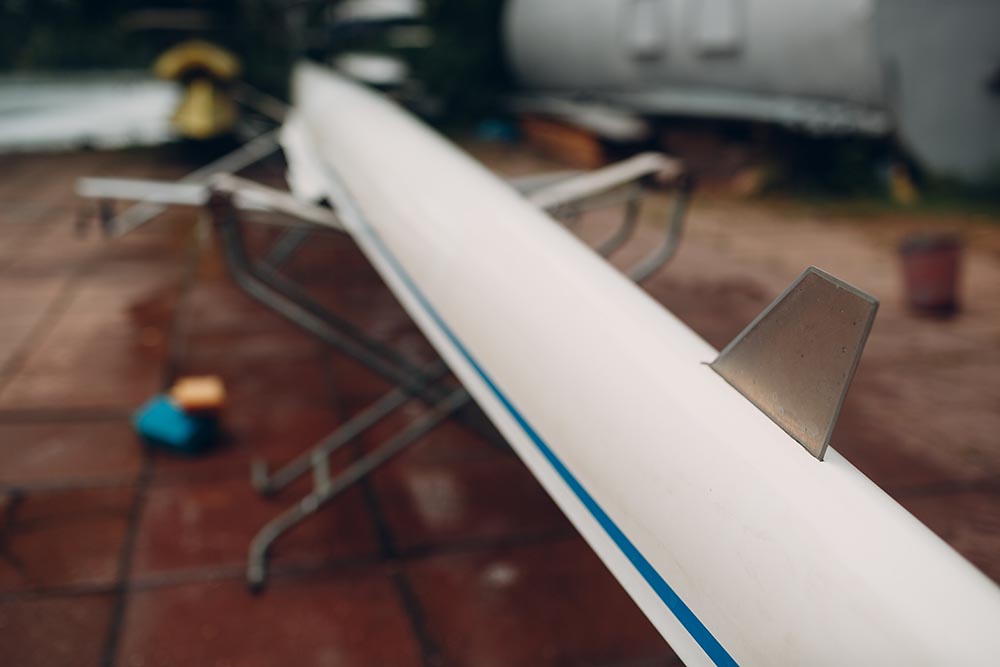
Rowing, also called crew, is a competitive sport that dates back to ancient Egypt, Greece, and Rome. The boat-racing sport involves a team that works together using oars for propulsion. The boats, also called shells, are today built to be narrow and long in order to both improve speed and reduce drag.
The International Rowing Federation (FISA) governs modern races. Sanctioned crew sizes are made up of one to eight people. The two different forms of rowing are termed sculling and sweet. In sculling, an individual manages two oars while, in sweeping, each rower uses two hands to hold one oar. Those new to the sport will need to know a number of basic factors about rowing, such as crew positions and rowing equipment.
Crew position
An athlete, when deciding the right place for any crew member, may take one of two positions. One position is that of a rower, and there can be several rower positions on a larger team. The rower sits either in the front section or with their back to the bow.
In an eight-man crew, the rows are categorised again, this time between those who maintain the boat’s balance and stability, technical-class rowers at the bow, the stroke-class or stern rowers, who set the timing of rowing actions, and those in the middle, who provide the majority of power and strength. The other key position, the coxswain, who is the head of the boat.
The coxswain, also known as the cox, is responsible for motivating, steering, communicating with his teammates, and leading during the race. The cox is at the stern end where he faces the team. In some cases, however, he is sat in the bow position.

There are numbers assigned to each of the rowing crew, with the bow seat designated number one. The rower at the stern is number eight in an eight-man crew. A cox in any team with at least four men isn’t assigned a number.
Rowing equipment
A boat is dependent upon certain items of equipment in order to properly function. One of the most significant pieces of equipment, aside from the boat itself, are the oars, keg, gunwale, oarlock, rudder, seat, rigger, collar, cox box, and foot stretcher.
The rowers need the oar to provide propulsion during the race. The wide end is the key part of the oar and enters the water where it induces forward motion. The rigger and oarlock, found on the side of the boat, ensure that the car remains connected to the boat. They’re connected to the boat, in turn, by a gunwale. The oar is prevented from slipping by the collar.
The cox controls the rudder, which is found at the stern. The rudder is required for steering, while the boat is kept stable by the skeg or fin. The rowers are sat with a foot stretcher keeping their boots bolted into position. The cox uses a cox box to talk to his crew. The device amplifies the cox’s voice so that the crew can hear him.




